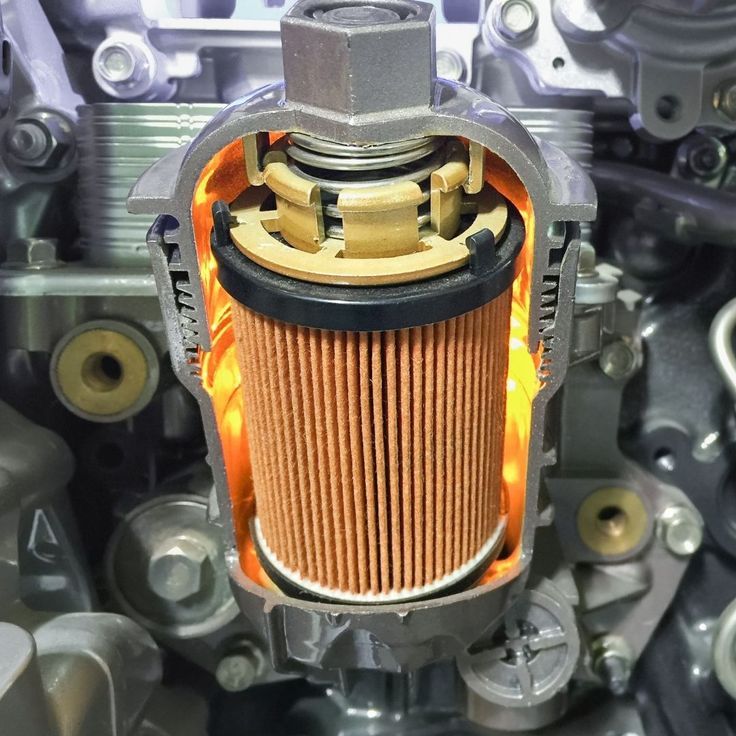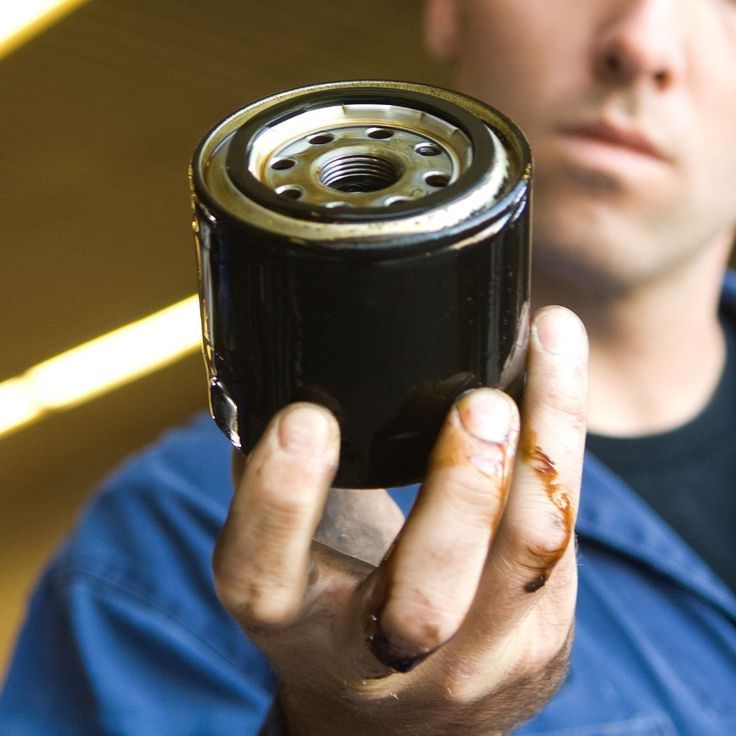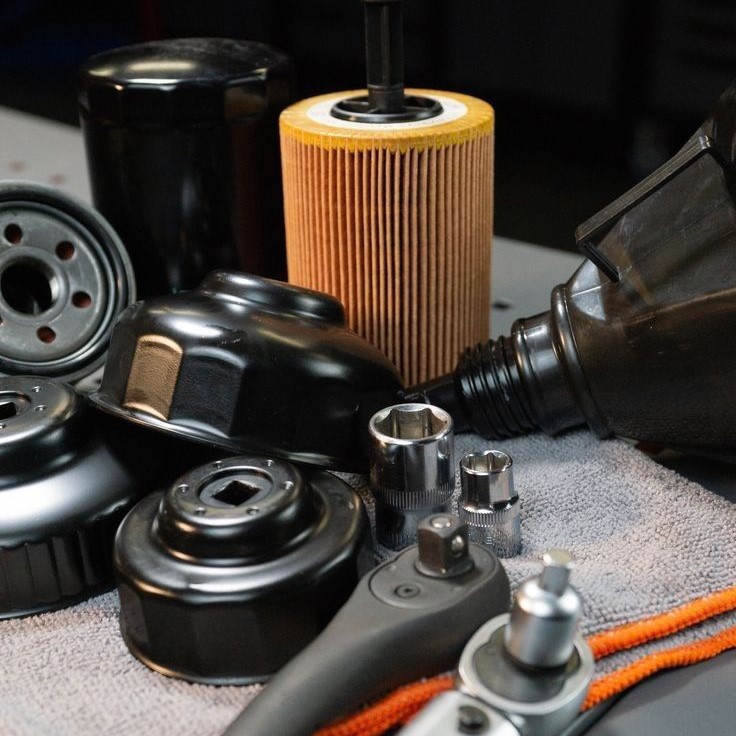Introduction
If you’ve ever wondered what keeps your car’s transmission running smoothly, one key component is the transmission filter. This small but crucial part plays an essential role in filtering out debris and contaminants from the transmission fluid. Over time, these impurities can accumulate and damage critical components within the transmission system. By trapping particles like metal shavings, dirt, and rust, the filter ensures clean fluid circulates through the system, promoting longevity and efficiency.

But why exactly does this matter? A well-maintained transmission filter not only enhances performance but also prevents costly repairs down the road. In this article, we’ll explore what a transmission filter is, how it functions, and provide actionable tips for maintaining it properly. Whether you drive an automatic or manual vehicle, understanding this vital component will help keep your car running smoothly for years to come.
Did you know that neglecting your transmission filter could lead to thousands of dollars in repair costs? The transmission system is one of the most expensive parts of your vehicle, and keeping it clean is paramount to avoiding major issues. Let’s dive deeper into how this component works and why regular maintenance is so important.
What Exactly is a Transmission Filter?
A transmission filter is a device installed in the transmission system designed to trap harmful particles that could otherwise clog or damage internal parts. It operates similarly to an oil filter by allowing transmission fluid to pass through while capturing debris. These filters come in various designs depending on the make and model of your vehicle. Some are reusable and washable, while others require periodic replacement.
Key points about transmission filters include:
- They protect sensitive components such as gears, clutches, and valves from wear caused by contaminants.
- Filters ensure optimal flow of transmission fluid, which lubricates and cools the system.
- For automatic transmissions, the filter is often located near the pan, making it accessible during routine maintenance checks.
Understanding the specifics of your vehicle’s transmission filter type is important because different systems have varying requirements for upkeep. Consulting your owner’s manual or a professional mechanic provides clarity on whether your filter needs cleaning or replacement. Additionally, advancements in technology have led to more efficient filter designs capable of handling larger volumes of debris without compromising performance.
How Does a Transmission Filter Work?
The primary function of a transmission filter is to separate clean fluid from contaminated material. As transmission fluid flows through the system, it picks up tiny fragments of metal, dirt, and other residues generated during normal operation. Without filtration, these particles would remain suspended in the fluid, gradually wearing down critical components.
Here’s how the process works step-by-step:
- The transmission pump draws fluid into the system.
- Before reaching the working components, the fluid passes through the filter where debris gets trapped.
- Clean fluid continues circulating throughout the transmission, ensuring smooth operation.
This continuous cycle helps maintain the health of the entire system. However, over time, the filter itself can become clogged with buildup, reducing its effectiveness. That’s why regular inspection and maintenance are necessary to prevent issues like reduced pressure or inefficient cooling. Modern vehicles often employ advanced filtration systems that combine multiple layers of material to maximize contaminant capture while minimizing resistance.
Signs Your Transmission Filter Needs Attention
Knowing when to check or replace your transmission filter is critical for avoiding major problems. Fortunately, there are several warning signs that indicate attention is needed. Paying close attention to these indicators allows you to address potential issues before they escalate.
Common symptoms include:
- Hard shifts or delayed gear changes. If shifting feels rough or sluggish, it may signal restricted fluid flow due to a clogged filter.
- Leaking transmission fluid. A damaged or worn-out filter can cause leaks, leading to low fluid levels and increased strain on the system.
- Unusual noises such as whining or grinding sounds. These often occur when components aren’t receiving adequate lubrication due to blocked filters.
Regular inspections during oil changes or scheduled maintenance visits help catch these issues early. Mechanics typically recommend replacing the filter every 30,000 to 60,000 miles, though exact intervals depend on driving conditions and manufacturer recommendations. Driving habits also play a role; frequent towing or stop-and-go traffic accelerates filter degradation.
Maintenance Tips for Optimal Performance
Proper care of your transmission filter ensures your vehicle runs efficiently and avoids premature wear. Here are some practical tips for maintaining this vital component:
- Follow Recommended Service Intervals: Adhering to the manufacturer’s guidelines for filter replacement ensures consistent performance. Skipping services can lead to unnecessary wear and tear.
- Inspect During Routine Maintenance: Ask your mechanic to check the condition of the filter whenever performing other tasks like oil changes or brake inspections. Early detection saves money in the long run.
- Use High-Quality Fluids: Choosing premium-grade transmission fluids reduces contamination risks and extends the life of both the filter and the overall system.
- Drive Smart: Avoid excessive idling, towing heavy loads, or aggressive driving habits that increase stress on the transmission. These behaviors generate more heat and debris, accelerating filter degradation.
By incorporating these practices into your routine, you minimize the likelihood of encountering serious transmission problems. Regular maintenance also improves fuel efficiency and enhances overall vehicle reliability.
Replacing vs Cleaning
Depending on the design of your vehicle’s transmission system, you might need to either replace or clean the transmission filter. Most modern cars use disposable filters that must be replaced periodically. On the other hand, older models or specific applications feature reusable filters that can be cleaned and reinstalled.
For disposable filters:
- Replacement involves removing the old filter, installing a new one, and refilling the system with fresh transmission fluid. Always use OEM (Original Equipment Manufacturer) parts or high-quality aftermarket alternatives to ensure compatibility and durability.
- Follow detailed instructions provided in your owner’s manual to avoid damaging surrounding components.
For reusable filters:
- Begin by disconnecting the battery and draining the existing fluid to avoid spills. Carefully remove the filter and soak it in a solvent solution to dissolve accumulated grime.
- Rinse thoroughly with water and allow it to dry completely before reinstalling. Use protective gloves and goggles during cleaning to ensure safety.
Regardless of the approach, always follow safety protocols and consult a professional if unsure about the process. Proper installation is just as important as choosing the right filter.
Benefits
Maintaining your transmission filter offers numerous benefits beyond just preventing breakdowns. Here’s a closer look at how proper care impacts your vehicle:
- Improved Fuel Efficiency: Clean transmission fluid reduces friction and improves power transfer, resulting in better mileage. Studies show that poorly maintained transmissions can decrease fuel economy by up to 10%.
- Extended Lifespan: Preventing contaminants from entering the system significantly prolongs the life of expensive components like gears and torque converters. A single failure in these areas can cost thousands of dollars to repair.
- Enhanced Reliability: Smooth-shifting gears and reliable performance give peace of mind, especially during long trips or demanding drives. Confidence in your vehicle’s ability to handle any situation boosts overall satisfaction.
Investing in regular maintenance pays off in terms of both cost savings and convenience. Repairs related to neglected transmissions can easily exceed thousands of dollars, whereas preventative measures cost far less. Moreover, maintaining your transmission filter contributes to environmental sustainability by reducing waste and improving vehicle efficiency.
Common Misconceptions
There are several myths surrounding transmission filters that can mislead drivers into improper care routines. Addressing these misconceptions helps ensure accurate knowledge and effective maintenance.
One common belief is that transmission filters last indefinitely without needing replacement. While durable, all filters eventually wear out or become clogged, diminishing their ability to protect the system. Another misconception involves assuming all fluids work interchangeably across vehicles. Using incorrect fluid types can damage seals and gaskets, causing leaks or worse.
Some people believe that skipping filter replacements won’t affect performance, but this couldn’t be further from the truth. Clogged filters restrict fluid flow, leading to overheating, slippage, and eventual failure. Educating yourself about your specific vehicle’s needs eliminates confusion and promotes smarter decision-making regarding filter maintenance.
Advanced Technologies
As automotive technology evolves, so do the methods used to improve transmission filtration. Manufacturers now offer advanced multi-layered filters capable of capturing even microscopic particles, ensuring superior protection for the transmission system. These innovations include:
- Nano-fiber materials that enhance contaminant capture without restricting fluid flow.
- Integrated sensors that monitor filter condition and alert drivers when replacements are needed.
- Environmentally friendly designs made from recyclable materials, reducing waste and promoting sustainability.
These advancements highlight the importance of staying informed about the latest developments in transmission filtration. Upgrading to newer filter technologies can significantly improve your vehicle’s performance and reduce maintenance costs over time.
Conclusion
In summary, the transmission filter plays a vital role in preserving the health and performance of your vehicle’s transmission system. From filtering out harmful debris to ensuring smooth fluid circulation, this component deserves regular attention and care. Following the maintenance tips outlined above minimizes the risk of costly repairs and maximizes the lifespan of your car.
Remember, investing in proper upkeep now saves money and headaches later. So whether you’re checking the filter yourself or trusting a professional mechanic, prioritize this often-overlooked yet indispensable part of your vehicle. With consistent effort, you’ll enjoy reliable performance and peace of mind for many miles to come. Keeping your transmission filter in top condition ensures your car remains a trusted companion for years to come.



